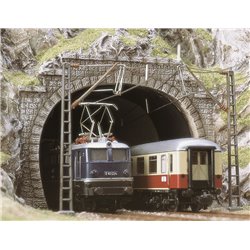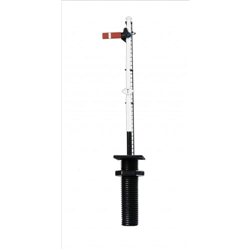Static grass puffer bottles work by manually charging model grass fibres with static electricity. When the charged...
No products
Product successfully added to your shopping cart
There are 0 items in your cart. There is 1 item in your cart.
Search Tips
Should I position signals at the entrances of any tunnels on my layout?
Yes, it is a good idea to position signals at the entrances of tunnels on a layout. Signals play a crucial role in railway operations as they provide visual indications to train operators about the status of the track ahead. By placing signals at tunnel entrances, a modeller can enhance the realism of their layout.
Signals at tunnel entrances serve multiple purposes. Firstly, they inform train operators about the presence of a tunnel ahead, allowing them to adjust their speed and be prepared for the reduced visibility inside the tunnel. This is particularly important in locations with long tunnels or tunnels that curve, as they can pose challenges for train operators.
Secondly, signals at tunnel entrances can indicate whether the track inside the tunnel is clear or occupied by another train. This helps prevent collisions and ensures smooth and efficient operations on the railway.
Lastly, signals at tunnel entrances can add visual interest and realism to a layout. They can be designed to match the era or region that is being modelled. When positioning signals at tunnel entrances, make sure they are in a position that would be easily visible to train operators from a reasonable distance. Consider the scale of the layout and the viewing angles to ensure the signals can be seen clearly. Additionally, consult any relevant prototype or signalling guides to understand the appropriate placement and meaning of signals for the chosen era or region.
Overall, adding signals at the entrances of tunnels on a layout is a great way to enhance realism and visual interest. It adds another layer of authenticity to a layout and creates a more immersive experience for both operators and viewers.
Click here to receive the tips weekly in your mailbox. You can unsubscribe at any time.










